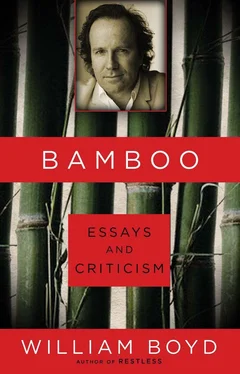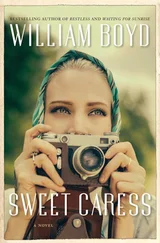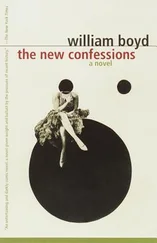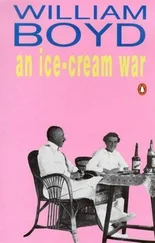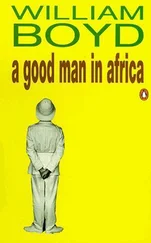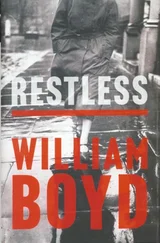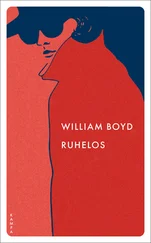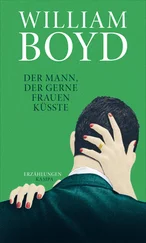The existence of this African journal is well known. It was written in the mid 1950s and extracts were published after Hemingway’s death by his widow in Sports Illustrated in 1971 and 72. The text emerged from the disastrous hunting trip Hemingway made to Africa in 1953-4 with his fourth wife, Mary. During the trip Hemingway was involved in two light-aeroplane crashes, one of which injured him severely. In the second crash Hemingway fractured his skull, dislocated his shoulder, ruptured his liver, right kidney and spleen and his face and head were badly burned. It could be argued that the health problems he suffered thereafter precipitated his notorious decline into terminal alcoholism and depression.
But not a word of this appears in True at First Light. Instead the book concentrates on the few weeks of the hunting trip that took place before Xmas 1953. Most of the action in the book — narrated by Ernest Hemingway — revolves around two significant events: first, the need to protect the camp against a possible raid by escaped Mau-Mau insurgents (this threat suddenly disappears) and second, the efforts made to help Hemingway’s wife, Mary, shoot a large lion which prowls around the vicinity. Added to these concerns are various hunting and camp-related activities — shooting game for the bearers, going into town for supplies, nattering round the campfire, relations with the African staff and so on. Most curious, though, is a kind of semi-covert “affair” going on between Hemingway and an African girl called Debba — whom Mary refers to as “your fiancée”—who lives in a nearby village. There are many visits to Debba and a certain amount of harmless physical contact ensues: “Debba said nothing. She had lost her lovely Kamba impudence and I stroked her bowed head, which felt lovely, and touched the secret places behind her ears and she put her hand up, stealthily, and touched my worst scars.”
Mary finally shoots her lion, Ernest shoots a leopard, there are long conversations around the campfire, Mary goes to Nairobi, Ernest visits Debba, the African landscape is regularly described, more animals are shot and, fundamentally, that is about it. One is left at the end with a feeling of saddened bafflement, rather than gratitude, wondering why this book would ever have been thought worth publishing.
The answer, of course, is that these are the final sweepings from the great vide grenier that has been the story of Hemingway’s posthumous publication. It began with A Moveable Feast and continued with the novels entitled Islands in the Stream and The Garden of Eden, a collection of bullfighting articles which became The Dangerous Summer, various short stories and the African safari excerpts published in Sports Illustrated. A Moveable Feast apart, which Hemingway had, at least, actually submitted to his publishers before he died (and then withdrawn), all this work was deemed by the author to be unpublishable: his family has thought and chosen to do otherwise.
The ethics of this enterprise may be dubious but critically and artistically they have been close to ruinous as far as Hemingway’s reputation is concerned. True at First Light, the case in point, is a particularly lethal blow. The book is, frankly, often hilariously bad and embarrassing. Apart from the desperate archness and tedium of much of the dialogue, it has no organization, it rambles and repeats itself and it contributes nothing to the Hemingway oeuvre that was not already, more resplen-dently, there. There are, to be fair, some better moments. The account of Mary shooting her lion is tensely and effectively done; there are some lyrical passages of description of landscape (one of which gives the book its title) and, for biographers, the odd insight may be afforded — into Hemingway’s prodigious drinking, for example, and also some light may be thrown on his brag to have been married to a Wakamba girl and her sister.
A further miscalculation — on Patrick Hemingway’s part, I suppose — was pointedly to call this book a “novel.” Biographers have always referred to the manuscript as a “journal” and even Mary Hemingway classified it as a “semi-fictional account of our African safari.” Some sort of fudge of this order might have been advisable, especially in this day and age, when we readily accept that memoirs, travel writing and reportage will have a hefty dose of the fictive in the mix, but for Patrick Hemingway to carve out 50 percent of the text, “lick it into shape” and categorize it as a novel seems not only misguided but absurd as well.
Hemingway himself animadverts on this very topic in True at First Light. “My excuse is that I make the truth as I invent it truer than it would be. That is what makes good writers or bad. If I write in the first person, stating it as fiction, critics now will still try to prove these things never happened to me.” This sounds like an attempt to form the artistic credo behind the African manuscript. It is so palpably Hemingway himself at the centre of the stage — he reminisces about his past, he quotes a hostile letter to him from a woman reader in Iowa, for instance — and the touchstones with his life are so vividly present that it is as if he is deliberately trying to pre-empt this tendency, as he perceives it, of critics’ efforts to fit the fiction to the creator. So, quite blatantly, he calls the narrator Ernest Hemingway; he calls his wife Mary; he fills the book with verifiable facts and persons and attempts no artful disguise. Everything about this endeavour stresses the documentary and the real.
Paul Fussell has written (in The Great War and Modern Memory) of “the necessity of fiction in any memorable testimony about fact.” True at First Light is in no way memorable testimony but one can see how this modus operandi would appeal to Hemingway as it makes it all the easier subtly to embellish, to foster the mythic tendancy: Papa Hemingway out on the veldt at dawn, gun in hand, hunting his prey — wife, booze and Kamba bride waiting for him back at home. And for the reader too, this notional autobiographical candour has the effect of making the aggregate of meandering anecdotage relatively more interesting in that, as is usual in this sort of writing, it is easier to fillet out the fictive decoration from the facts than the other way round — the whole sorry business of the “affair” with Debba being a fine example. However, Patrick Hemingway — for sound marketing reasons, doubtless — would have us read this book as a novel, which proves a frustrating and impossible task in the end: the book remains studiedly grounded in the biography and in its particular place and time. True at First Light has to be read in this spirit, as non-fiction, with all the usual caveats that apply.
And what it tells us is old news indeed: namely that by the mid 1950s, the Nobel Prize in his pocket, Hemingway was subsisting on “Hemingway,” that the writer had become more important than the work itself. Chronologically, the African manuscript follows the critical disaster of Across the River and into the Trees (which Delmore Schwartz described as “extremely bad in an ominous way”) and the huge commercial success of the novella The Old Man and the Sea. This last had won the Pulitzer for Hemingway in 1952 and in 1954 he had won the Nobel. Across the River had been Hemingway’s first published novel for ten years. Now, in the mid 1950s, he was, in terms of public recognition, at the very apogee of his career as a writer. Yet by the time Hemingway sat down to write up the account of his African safari the ominous decline that Schwartz had spotted was clearly in freefall. And, indeed, it must be admitted, everything that is bad in True at First Light is also present in Across the River. What the publication of True at First Light actually achieves — this “novel” hacked out of a disorganized work in progress — is to confirm beyond all reasonable doubt that the death of Hemingway the novelist had occurred some time at the end of the 1940s. All efforts to revive the corpse proved to be vain.
Читать дальше
